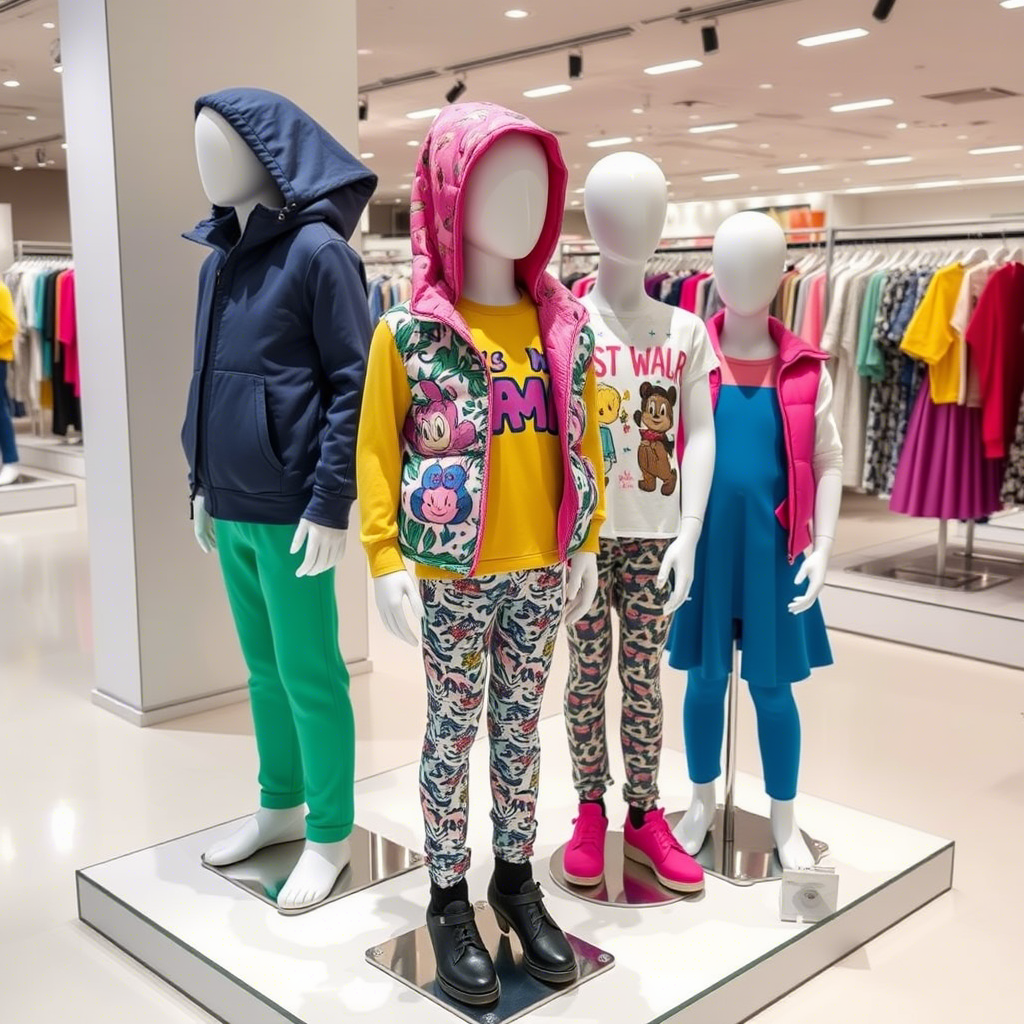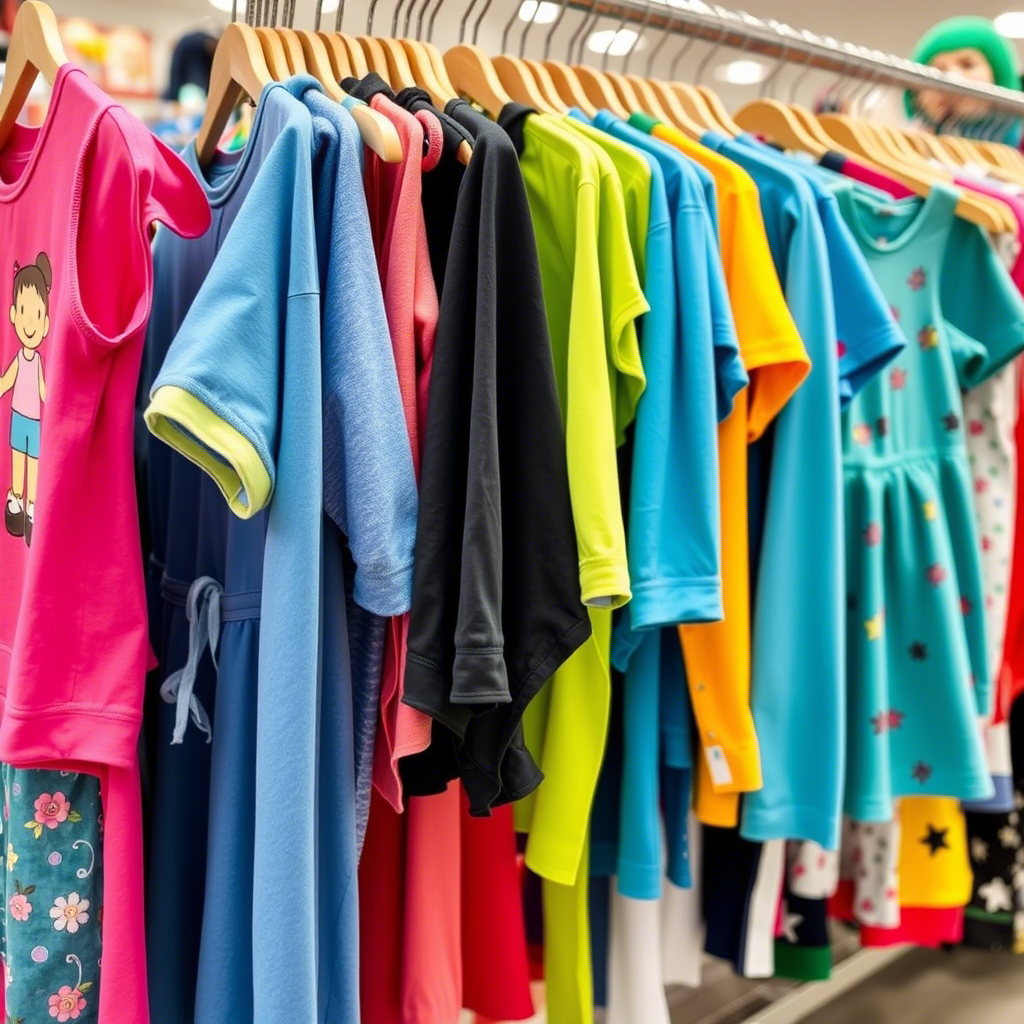Children Fashion Clothing Wholesale for Retail Stores
The world of children’s fashion is a dynamic and rapidly evolving industry, driven by the ever-changing tastes and preferences of young consumers and their parents. For retail stores, sourcing high-quality, stylish, and affordable children’s clothing is crucial to staying competitive. Wholesale purchasing is a key strategy that enables retailers to stock their stores with a diverse range of products at competitive prices. In this article, we will explore the ins and outs of children’s fashion clothing wholesale for retail stores, highlighting the benefits, challenges, and best practices in this sector.
Understanding the Children’s Fashion Wholesale Market
The children’s fashion wholesale market is a significant segment of the global apparel industry. It caters to a diverse customer base, from budget-conscious parents seeking affordable basics to those willing to invest in premium, designer clothing for their children. To navigate this market effectively, retailers must understand current trends and consumer preferences.
Key Trends in Children’s Fashion
- Sustainability: There’s a growing demand for eco-friendly and sustainable clothing. Retailers can capitalize on this trend by sourcing wholesale clothing made from organic materials or produced using environmentally friendly practices.
- Comfort and Practicality: Parents prioritize comfort and durability when choosing clothing for their children. Wholesale suppliers that offer clothing with these qualities are likely to be in high demand.
- Fashion Forward: Children and their parents are increasingly fashion-conscious. Retailers should look for wholesale suppliers that offer trendy, stylish clothing that appeals to this demographic.
 Visiting a wholesale showroom can give retailers a firsthand look at the latest children’s fashion trends. By seeing the clothing in person, retailers can assess quality, comfort, and style, making it easier to select products that will appeal to their target market.
Visiting a wholesale showroom can give retailers a firsthand look at the latest children’s fashion trends. By seeing the clothing in person, retailers can assess quality, comfort, and style, making it easier to select products that will appeal to their target market.
Benefits of Wholesale Purchasing for Retail Stores
Wholesale purchasing offers several advantages to retail stores, including cost savings, a wider product range, and the ability to respond quickly to changing consumer demands.
Cost Savings
- Economies of Scale: Buying in bulk reduces the cost per unit, allowing retailers to maintain profit margins while offering competitive pricing to customers.
- Reduced Supply Chain Costs: Establishing a direct relationship with a wholesale supplier can minimize intermediary costs, further reducing the cost of goods sold.
Product Range and Flexibility
- Diverse Product Offerings: Wholesale suppliers typically offer a wide range of products, enabling retailers to diversify their inventory and cater to different customer preferences.
- Seasonal and Trend-Based Purchases: Retailers can adjust their purchasing based on seasonal demand and the latest fashion trends, ensuring their inventory remains relevant and appealing.
Sourcing High-Quality Wholesale Clothing
To succeed in the competitive children’s fashion market, retailers must source high-quality clothing from reliable wholesale suppliers. This involves evaluating potential suppliers based on several key factors.
Supplier Evaluation Criteria
- Product Quality: Assessing the quality of clothing, including materials, construction, and attention to detail, is crucial. Retailers should look for suppliers that offer high-quality products.
- Reliability and Customer Service: A reliable supplier with good customer service can ensure timely deliveries and resolve any issues promptly, minimizing disruptions to the retailer’s business.
For example, a retailer might consider purchasing boys’ coats from a supplier that offers a range of styles, sizes, and materials. This not only caters to different customer preferences but also allows the retailer to capitalize on current trends in children’s outerwear.
Managing Wholesale Purchases Effectively
Effective management of wholesale purchases is vital to maximizing profitability and minimizing risk. This includes negotiating favorable terms with suppliers, managing inventory levels, and monitoring sales data.
Negotiation and Inventory Management
- Negotiating Terms: Retailers should negotiate with suppliers to secure the best possible prices, payment terms, and delivery schedules.
- Inventory Control: Implementing an effective inventory management system helps retailers maintain optimal stock levels, reducing the risk of overstocking or understocking.
 By carefully managing their inventory, retailers can ensure that their stores are always stocked with a diverse and appealing range of children’s clothing, as seen on retail store racks.
By carefully managing their inventory, retailers can ensure that their stores are always stocked with a diverse and appealing range of children’s clothing, as seen on retail store racks.
Marketing and Sales Strategies
To capitalize on their wholesale purchases, retailers must employ effective marketing and sales strategies. This includes creating an appealing in-store experience, leveraging social media, and offering promotions.
Creating an Appealing Retail Experience
- Visual Merchandising: Attractive store displays and merchandising can significantly enhance the shopping experience, encouraging customers to make purchases.
- Social Media Engagement: Utilizing social media platforms to showcase products, share customer testimonials, and promote sales can drive traffic to the store and increase sales.
For instance, a retailer could create a social media campaign featuring young models wearing trendy outfits, highlighting the style and quality of their wholesale clothing purchases.
Conclusion
The children’s fashion clothing wholesale market offers significant opportunities for retail stores to source high-quality, stylish, and affordable products. By understanding current trends, evaluating suppliers carefully, managing wholesale purchases effectively, and employing savvy marketing and sales strategies, retailers can thrive in this competitive market. As the industry continues to evolve, staying informed and adaptable will be key to success. Retailers who capitalize on the latest trends and best practices in children’s fashion wholesale are well-positioned to attract and retain customers, driving growth and profitability in the process.